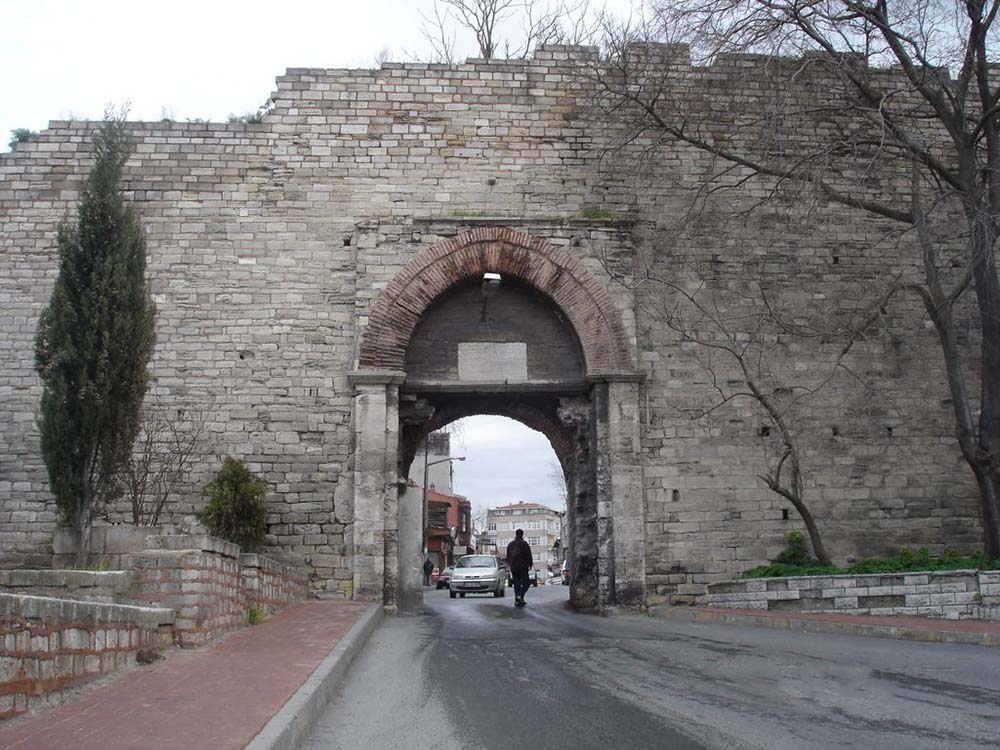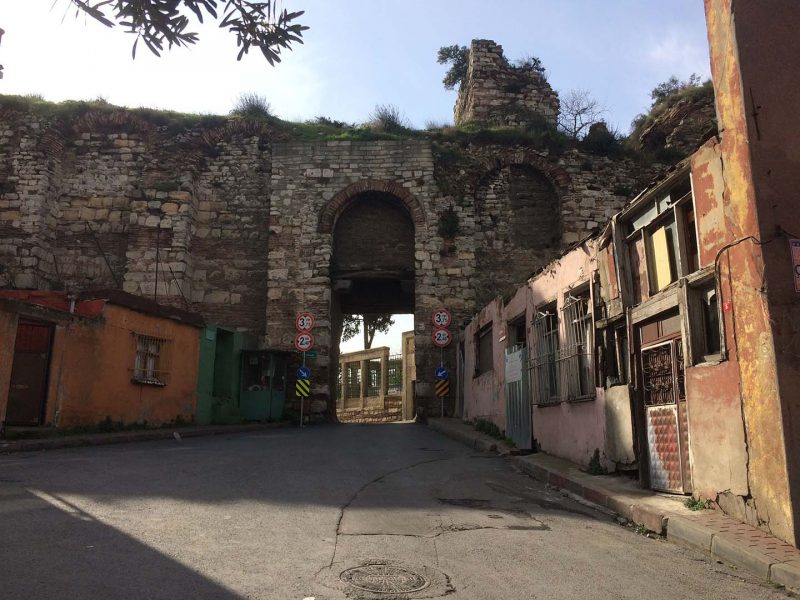Protecting what is precious is the most important and meaningful task of a gate. The gates behind the walls protected cities of the past, just like gates protect our homes today. Thus, the gates of Istanbul, which witnessed important events in history, are now valued as historical monuments. The gates in the cities are evidence of how valuable the cities at the same time. Once upon a time, entering İstanbul meant to come through gates. Before entering under the Ottoman Empire‘s rule, İstanbul (Constantinople) was a prisoner of the Byzantines. İstanbul, which is lined with walls on both its seaside and it land borders, has gates made in the style of many great and architectural works. The gates also had special functions according to their location in at the same time. Some of them became a “gate” over the time, since it was used as a secret passage but then discovered and rectified. They are now witnesses to the past.
Some of the gates of Istanbul are still standing today, but wars and major earthquakes of the past have demolished others. These gates were 55 according to the date information. The Golden Horn, the Marmara and the Land Walls, some of the three parts of the city walls continue to dazzle with great grandeur. While discovering the Historical Peninsula, you may come across either with a gate, or ruins of it.
The walls have 55 gates:
• Yedikule Kapısı (Kapı means Gate), Belgrat Kapısı, Silivri Kapı, Mevlana Kapı, Topkapı, Ahır Kapı, Sulukule Kapısı, Fenerli Kapı, Balıkhane Kapısı, Küçük Ayasofya Kapısı, Kum Kapı, Yeni Kapı, Samatya Kapısı, Narlı Kapı, Edirne Kapı, Eğri Kapı, Ayvansaray Kapısı, Cibali Kapı, Unkapanı Kapısı, Yaldızlı Kapı, Zindan Kapısı, Sirkeci Kapısı, Odun Kapısı, Mangana Kapısı, Gülhane Kapısı, Kadırga Limanı Kapısı, Çatladı Kapı, Atik Mustafa Paşa Kapısı, Balat Kapısı, Fener Kapısı, Yeni Aya Kapısı, Ayakapı, Ayazma Kapısı, Balık Pazarı Kapısı, Yeni Camii Kapısı, Bahçe Kapı, Avcılar Kapısı, Mermer Kule Kapısı, Aya Yorgi Kapısı, Demirkapı, Değirmen Kapısı, Uğrak Kapı, Yalı Köşkü Kapısı, Küngoz Kapısı, Kalagru Kapısı, Dideban Kapısı, Blahernai Kapısı, Bukalon Kapı, Eugenios Kapı, Ayia Maria Hodegetria Manastırı Kapısı, Porta Veteris Rectoris Kapısı, Profitu Prodorumu Kilisesi Kapısı, Petri Kapısı, Diplofaros Kapısı, Basileos Kapısı

Yedikule Gate
There are İstanbul gates which must be seen. These gates have managed to survive and reflect history for us in the best way:
• Yedikule Kapısı (the second gate of Byzantine), Silivri Kapısı, Mevlana Kapısı (a gate that connects the inside of Walls to outside), Topkapı, Sulukule Kapısı (these are the gates of the soldiers in both Byzantine and Roman times), Edirnekapı, Eğrikapı (this gate is given to the westernmost cities of Suriçi; it is the last gate on the territorial waters), Cibali Kapısı, Ahır Kapı (there are Topkapı Palace‘s stables, because of that “ahır” (stable) name is given to that gate. It is only gate of Marmara Walls that has survived until today.)
These gates are the only remaining witnesses to İstanbul’s history. Known as historic icons, the gates are preserved as much as possible so that they may tell their stories to next generations.

